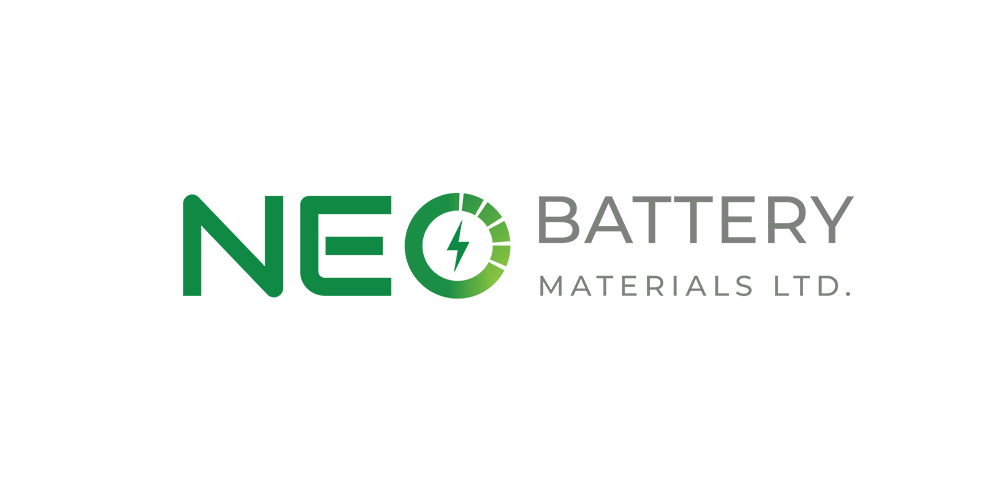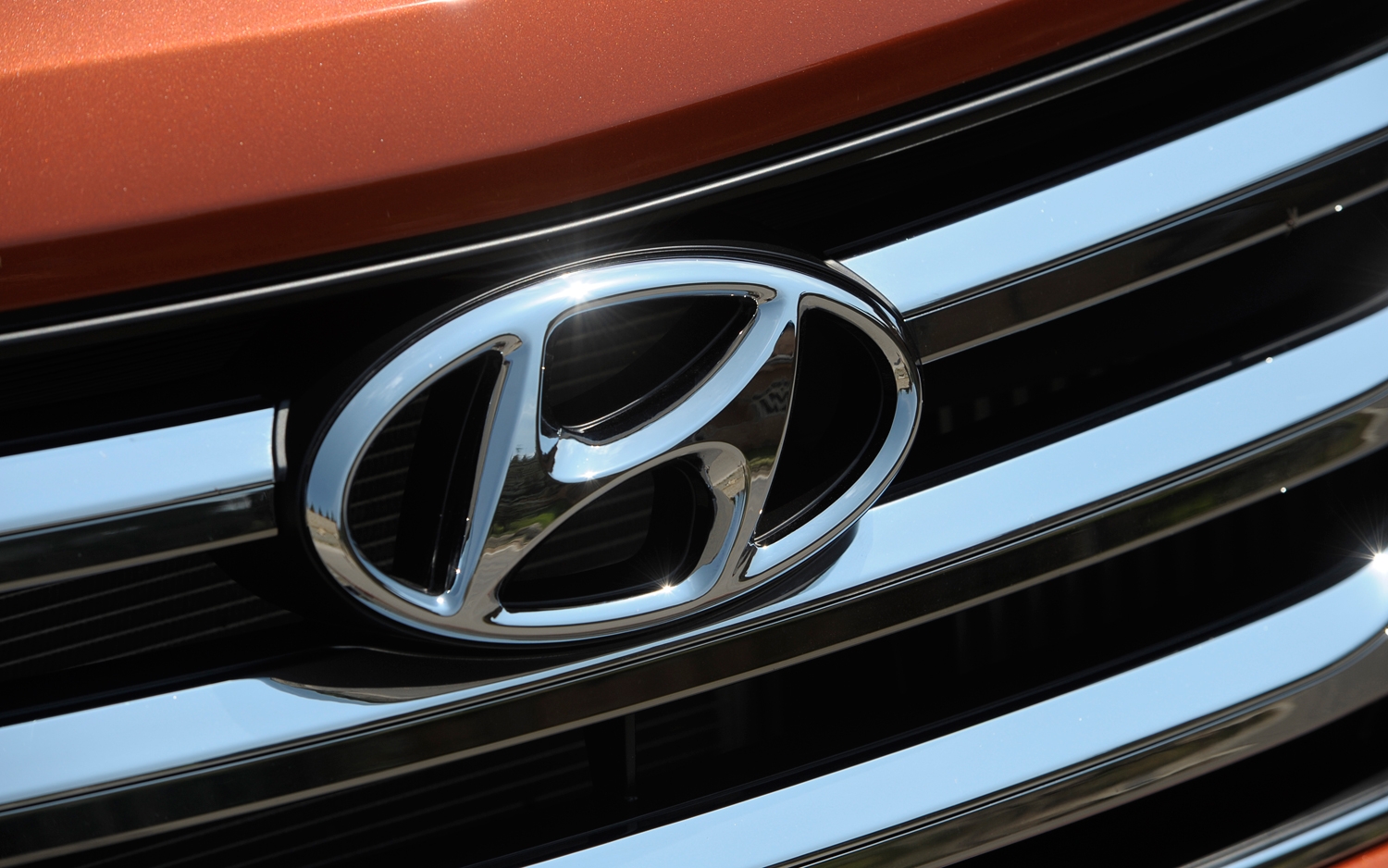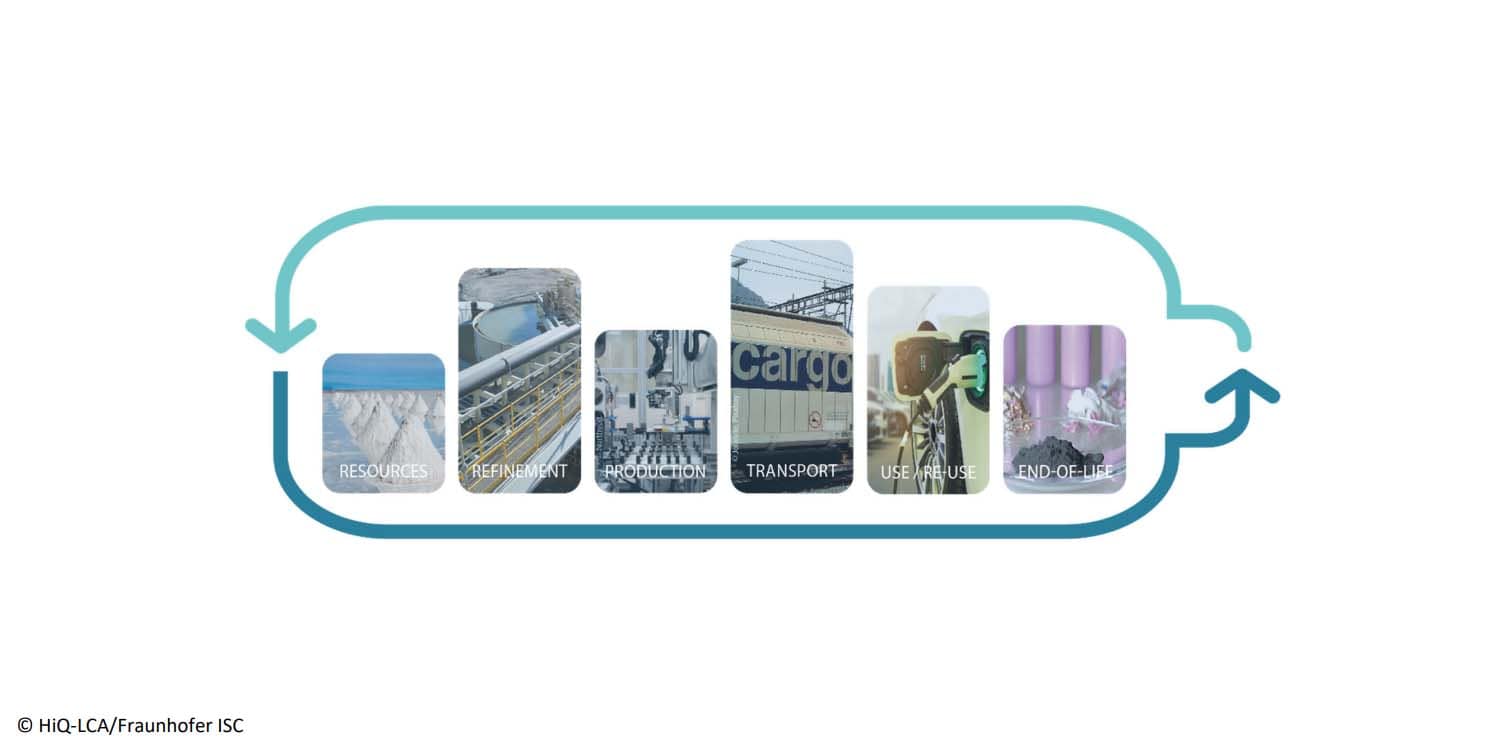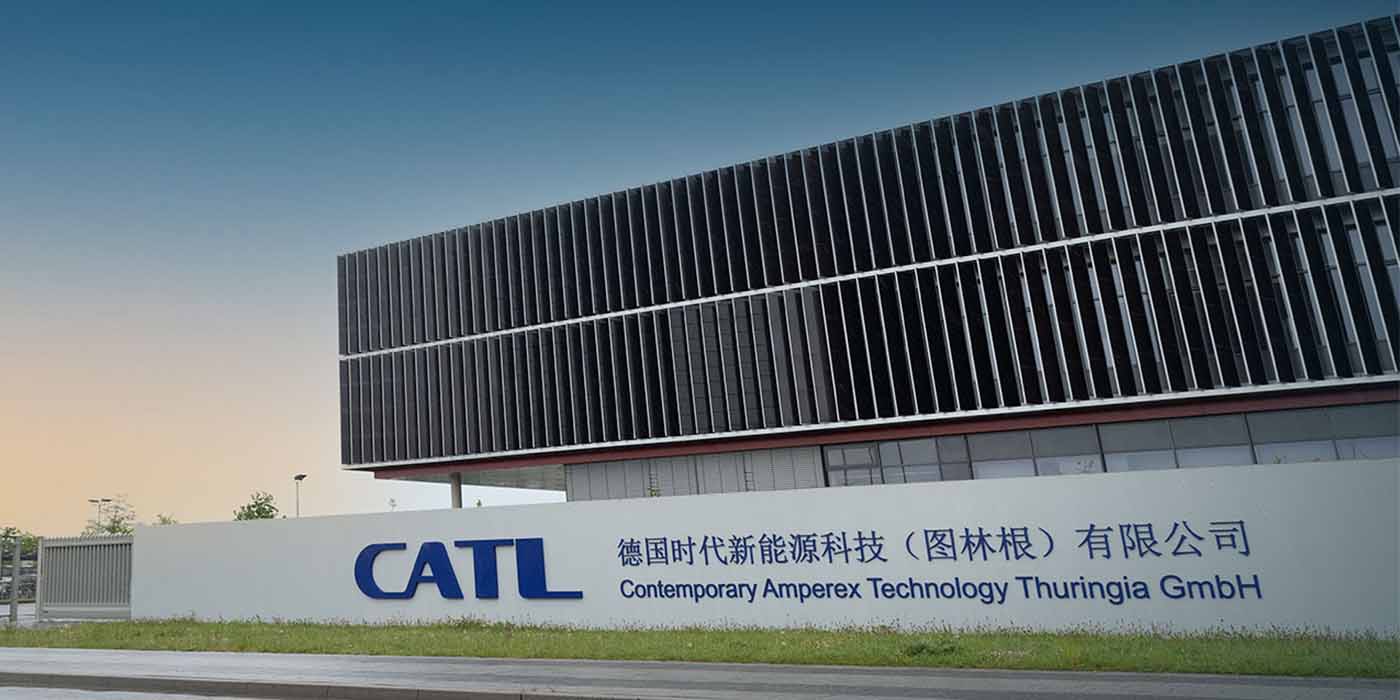In a significant stride towards revolutionizing battery technology for electric vehicles, researchers at Australia’s Edith Cowan University have harnessed the potential of zinc-air batteries, showcasing their advantages over conventional lithium-ion counterparts.
Zinc batteries, known as one of the oldest forms of energy storage systems, utilize a zinc anode for the negative electrode and the surrounding air for the positive electrode. However, previous studies highlighted limitations in power output as a notable drawback for zinc batteries. Their operational efficiency was found to be closely linked to humidity and temperature conditions.
See also: US Start-Up ONE Develops Aries II LFP Battery Pack with Impressive Energy Density
Addressing these inherent challenges, a team of scientists at the Australian university undertook a comprehensive redesign of the zinc-air battery. This redesign incorporated a blend of novel materials including carbon, affordable iron, and cobalt. The research emphasized that these modifications imbued zinc-air batteries with attributes such as affordability, eco-friendliness, heightened energy density, and enhanced safety.
Lead researcher Dr. Muhammad Rizwan Azhar commented on the project, noting that the abundance of zinc reserves in nations like Australia, coupled with the ubiquitous presence of air, renders this innovation a highly promising and dependable energy storage solution. Dr. Azhar emphasized that these batteries have the potential to offer an economical, environmentally sustainable option with a theoretical high energy density.
While global efforts are underway to advance battery technology, noteworthy developments have been observed. General Motors recently spearheaded a $60 million funding initiative for Silicon Valley startup Mitra-Chem. This company claims to be pioneering iron-based cathode active materials, supported by a proprietary machine learning algorithm aimed at expediting the transition from laboratory to production scale.
Toyota also made headlines in July 2023 by asserting a breakthrough in solid-state battery technology, proposing a range of 745 miles and a rapid 10-minute recharge. The Japanese automaker’s simplified production strategies for both solid-state and liquid-based batteries hold the potential for considerable reductions in weight, size, and associated costs.
See also: Mahle Unveils Innovative Bionic Battery Cooling Plate for Enhanced Electric Vehicle Performance
Adding to this landscape, Stellantis unveiled a prototype battery featuring integrated inverter and charger functions within the modules. Collaborating with France’s National Centre For Scientific Research (CNRS), the initiative known as Intelligent Battery Integrated System (IBIS) strives to incorporate this innovation into electric vehicles by the decade’s end.
As the battery technology arena witnesses these remarkable advancements, the question of which solution will gain widespread adoption becomes increasingly pertinent. The future of electric mobility is poised for a transformative shift, and the outcomes of these innovative endeavors will undoubtedly shape the landscape for years to come.







